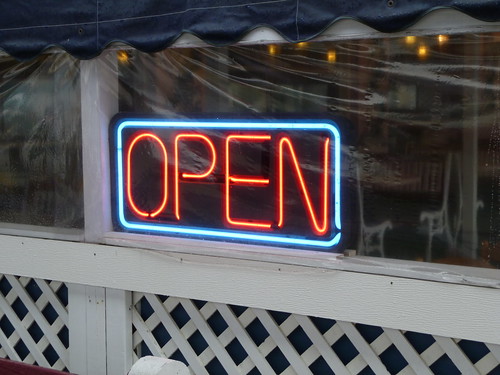What To Do First?
Since I already have a number of physical books I am finishing, I did not want to spend money on a random book. I did want to test the device, though, so I went in search of some free downloads. There are a number of ways to do this. I went the route that seemed easiest to me and looked at some lists on Amazon.On this Listmania list I found a few titles that sounded interesting:
Autobiography of a Yogi - 4 1/2 stars
Young People, Ethics, and the New Digital Media: A Synthesis From the Good Play Project - 3 stars
Living and Learning With New Media: Summary of Findings From the Digital Youth Project - 4 stars
From a second Listmania list I found:
The Rosary - 5 stars (a 1910 romance in the vein of Pride and Prejudice)
I found a couple of word games that have been entertaining. Every Word and Shuffled Row. I didn't expect to use games on a Kindle, but they were available and free so I downloaded them. They are good for the brain cells and work well.
First Paid Book
It didn't take long for me to find a book that peaked my interest. I came across a post on The Principal's Posts blog called Living on the edge. The book caught my attention through a quote about how Lyn connected people who are organizing events such as EdCamp NYC to pull:"I can say with a fair amount of certainty that the educators involved in the passion-driven organization of these events harnessed the power of pull to make these learning experiences a reality for attendees."I was curious about what the power of pull might be. I followed the link to the book The Power of Pull: How Small Moves, Smartly Made, Can Set Big Things in Motion by John Hagel III and John Seely Brown. From Lyn's post I learned that the authors talk about the shift from access to attract to achieve by making small moves to effect big change. This type of thinking is in line with a lot of other reading I've been doing over the last few years.
The book, at $18.15 for the physical copy, is not too expensive. I would not have driven down to the store to pick it up until I had finished other books. The price on the Kindle was $9.34. Inexpensive enough for me to download it and start reading last night.
After having read 2% of the book, I felt comfortable with the format and enjoyed starting to use the highlighting feature. In the back of my mind I was wondering how I could use this feature to gather all my thoughts, but didn't spend a lot of time thinking about it.
It was also interesting to see highlights from other readers (which can be turned off) within the text of my book - along with a count of how many people highlighted that passes.
A Great Way to Gather Notes
While I was on Twitter today, I came across a tweet by Tim Lauer (someone I just started following yesterday). He pointed out a blog post about exporting Kindle notes and highlights. This is fantastic! It took a couple of minutes to figure it out, but this is a game changer for me.I signed on to my Amazon account, but could not figure out where the highlights might be. I went back to the exporting post and noticed that I should be at the http://kindle.amazon.com site. Still no luck. Even though I was signed on with my Amazon user name and password, it said Hello Unknown at the top of the screen. I had to use the drop down box to Edit My Profile. As soon as I did that, I was able to click on the Your Highlights link and there were my highlights from the book. I want to look a little closer at the post about exporting notes and highlights, but already this is an improvement over having the notes stuck in the Kindle!
While Finishing This Post
As I was re-reading the post to check for grammar errors, I looked back at the Your Highlights page and noticed a link that said "Read more at location 125". I wanted to see the effect and was presented with a link to download the Kindle for Mac (OS 10.5 or later) app.
Once the app was installed, I clicked on the link again and was presented with the actual page in the book complete with yellow highlighter.
I can't wait to play some more!
Image Citation:
Kindle picture by Ann Oro.




